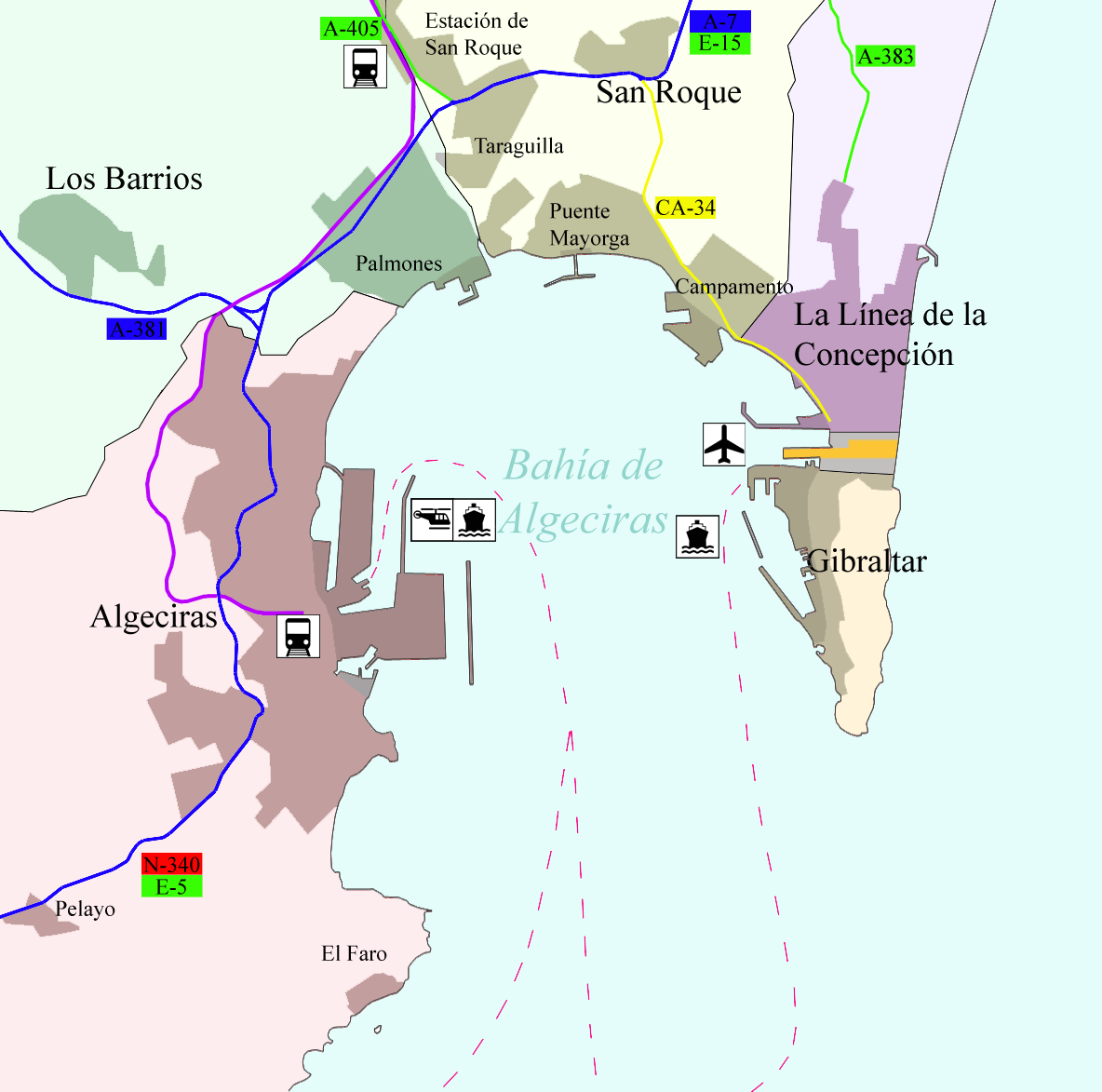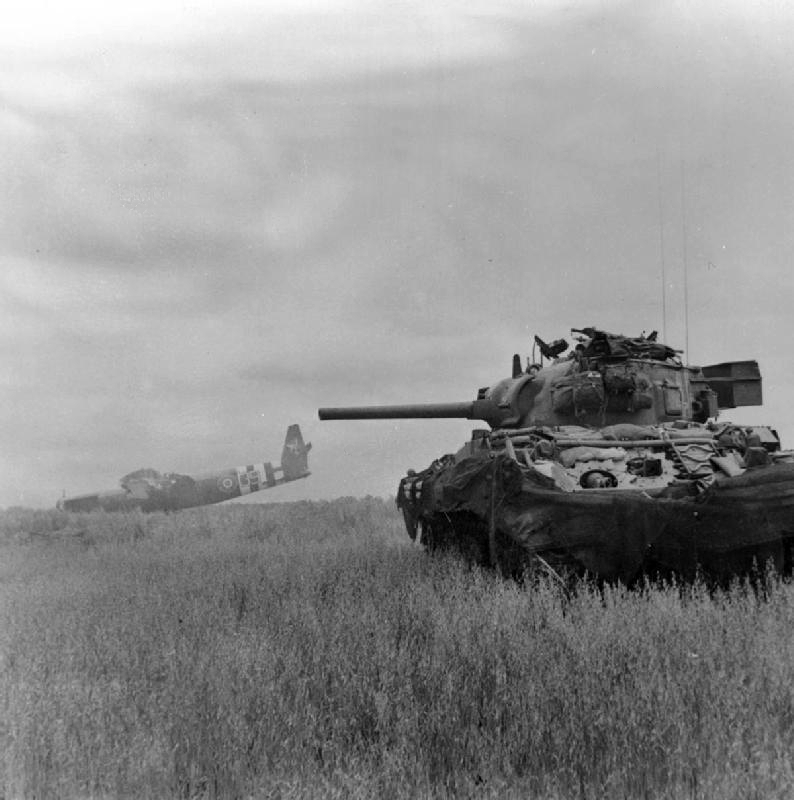|
List Of Shipwrecks Of Gibraltar
A list of shipwrecks of Gibraltar. The vast majority of the shipwrecks are located near the west coast in or just outside the Gibraltar harbour area within the Bay of Gibraltar. In addition to the ships there are other items of interest on the seabed in the vicinity. Off the end of Europa Point there is said to be a large number of Roman and Phoenician anchors. Other items appear to have been dumped. In one case there are two Sherman tanks on the eastern side and two piles of rusting cannons on the west. Larger ships and aircraft *SS ''Excellent'', a 1600-ton steamsail ship which sank after colliding on 29 February 1888. Roughly 260 ft in length, the wreck, at a depth of 30 m, is upside down with the engine and a boiler still visible.() *SS ''Mount Olive''. a steamer which sank in two parts during a rescue attempt in 1890, in the inner wreck is at a depth of 20-22m and the outer wreck is at 40-49m.() *A Bristol bomber which crashed during World War II at a depth of 35m.() * ... [...More Info...] [...Related Items...] OR: [Wikipedia] [Google] [Baidu] |
Gibraltar Harbour
The Port of Gibraltar, also known as Gibraltar Harbour, is a seaport in the British Overseas Territory of Gibraltar. It was a strategically important location during the Napoleonic Wars and after 1869 served as a supply point for ships travelling to British Raj, India through the Suez Canal. The harbour of Gibraltar was transformed in the nineteenth century as part of the British Government's policy of enabling the Royal Navy to defeat its next two largest rival navies combined. Both Gibraltar and Malta were to be made torpedo proof, and as a result the North Mole, Gibraltar Harbour, North and South Mole, Gibraltar Harbour, South Mole were extended and the Detached Mole, Gibraltar Harbour, Detached Mole was constructed. Three large dry docks were constructed and plans were available by 1894. Over 2,000 men were required and had to be billeted in old ships which had not been required since convict labour was abandoned. The demand for stone and sand necessitated building the Admiralt ... [...More Info...] [...Related Items...] OR: [Wikipedia] [Google] [Baidu] |
Bay Of Gibraltar
The Bay of Gibraltar ( es, Bahía de Algeciras), is a bay at the southern end of the Iberian Peninsula. It is around long by wide, covering an area of some , with a depth of up to in the centre of the bay. It opens to the south into the Strait of Gibraltar and the Mediterranean Sea. The shoreline is densely settled. From west to east, the shore is divided between the Spanish municipalities of Algeciras, Los Barrios, San Roque, La Línea de la Concepción and the British Overseas Territory of Gibraltar. The larger part of the shoreline is Spanish territory, with part of the eastern half of the bay belonging to Gibraltar. The east and west entrances to the bay are marked respectively by the Europa Point Lighthouse at Europa Point, Gibraltar and the Punta Carnero Lighthouse in Punta Carnero to the west of Algeciras. History The area around the Bay of Gibraltar has been inhabited for millennia and the bay itself has been used by merchant shipping for at least 3,000 years. Th ... [...More Info...] [...Related Items...] OR: [Wikipedia] [Google] [Baidu] |
Europa Point
Europa Point (Spanish language, Spanish and Llanito: Punta de Europa or Punta Europa), is the southernmost point of Gibraltar (the southernmost point of the Iberian Peninsula being Punta de Tarifa 25 km southwest of Gibraltar). At the end of the Rock of Gibraltar, the area is flat and occupied by such features as a playing field and a few buildings. On a clear day, views of North Africa can be seen across the Strait of Gibraltar including Ceuta and the Rif Mountains of Morocco; as well as the Bay of Gibraltar and the Spain, Spanish towns along its shores. It is reached from the old town by Europa Road. Overview There are five notable buildings, Harding's Battery, the Ibrahim-al-Ibrahim Mosque, the Roman Catholicism in Gibraltar, Roman Catholic Shrine of Our Lady of Europe, the Europa Point Lighthouse and the Nun's Well, Gibraltar, Nun's Well. Europa Point is also the location of Gibraltar's only dedicated cricket oval where the Gibraltar national cricket team play and since 20 ... [...More Info...] [...Related Items...] OR: [Wikipedia] [Google] [Baidu] |
Sherman Tank
} The M4 Sherman, officially Medium Tank, M4, was the most widely used medium tank by the United States and Western Allies in World War II. The M4 Sherman proved to be reliable, relatively cheap to produce, and available in great numbers. It was also the basis of several other armored fighting vehicles including self-propelled artillery, tank destroyers, and armored recovery vehicles. Tens of thousands were distributed through the Lend-Lease program to the British Commonwealth and Soviet Union. The tank was named by the British after the American Civil War General William Tecumseh Sherman. The M4 Sherman evolved from the M3 Medium Tank, which for speed of development had its main armament in a side sponson mount. The M4 retained much of the previous mechanical design, but moved the main 75 mm gun into a fully traversing central turret. One feature, a one-axis gyrostabilizer, was not precise enough to allow firing when moving but did help keep the gun aimed in roughly th ... [...More Info...] [...Related Items...] OR: [Wikipedia] [Google] [Baidu] |
Avro Shackleton
The Avro Shackleton is a British long-range maritime patrol aircraft (MPA) which was used by the Royal Air Force (RAF) and the South African Air Force (SAAF). It was developed by Avro from the Avro Lincoln bomber, which itself had been a development of the famous wartime Avro Lancaster bomber. The Shackleton was developed during the late 1940s as part of Britain's military response to the rapid expansion of the Soviet Navy, in particular its submarine force. Produced as the primary type equipping RAF Coastal Command, the ''Type 696'', as it was initially designated, incorporated major elements of the Lincoln, as well as the Avro Tudor passenger aircraft, and was furnished with extensive electronics suites in order to perform the anti-submarine warfare (ASW) mission along with a much-improved crew environment to accommodate the long mission times involved in patrol work. Being known for a short time as the ''Lincoln ASR.3'', it was decided that the Type 696 would be named ''Sh ... [...More Info...] [...Related Items...] OR: [Wikipedia] [Google] [Baidu] |
M4 Sherman
} The M4 Sherman, officially Medium Tank, M4, was the most widely used medium tank by the Military history of the United States during World War II, United States and Allies of World War II, Western Allies in World War II. The M4 Sherman proved to be reliable, relatively cheap to produce, and available in great numbers. It was also the basis of several other Armoured_fighting_vehicle, armored fighting vehicles including self-propelled artillery, Tank_destroyer, tank destroyers, and Armoured_recovery_vehicle, armored recovery vehicles. Tens of thousands were distributed through the Lend-Lease program to the British Empire#Second World War, British Commonwealth and Soviet Union. The tank was named by the British after the American Civil War General William Tecumseh Sherman. The M4 Sherman evolved from the M3 Lee, M3 Medium Tank, which for speed of development had its main armament in a side sponson mount. The M4 retained much of the previous mechanical design, but moved the 75_mm ... [...More Info...] [...Related Items...] OR: [Wikipedia] [Google] [Baidu] |
South Mole, Gibraltar Harbour
The South Mole is a breakwater located in the southern section of Gibraltar Harbour, in the British Overseas Territory of Gibraltar, at the southern end of the Iberian Peninsula. Previously known as the New Mole and New Mole Extension, the South Mole, with the rest of harbour, is just north of the east entrance to the Strait of Gibraltar. History The South Mole at Gibraltar Harbour is one of a trio of breakwaters that provides protection to the harbour, in addition to that which results from the presence of the Rock of Gibraltar on its east side. The South Mole is positioned at the southwestern aspect of the harbour, and is in length. The Gibdock shipyard and Royal Naval base are also in the southern section of the harbour, the wharfage of the shipyard including of the South Mole. Repair berths along the breakwater can accommodate vessels up to 150,000 deadweight tonnage (dwt). During construction in the 1880s, a railway and two new tunnels were created to take large quantit ... [...More Info...] [...Related Items...] OR: [Wikipedia] [Google] [Baidu] |
Gibraltar Artificial Reef
The Gibraltar Artificial Reef, or simply the Gibraltar Reef, is the ongoing artificial reef project for the Mediterranean waters surrounding the British overseas territory of Gibraltar. The initiative was started in 1973 by Dr. Eric Shaw of the Helping Hand Trust. There are more than 40 dive sites to visit in Gibraltar. Biodiversity is claimed to be high on both natural and artificial reefs. It consists of a collection of sunken wrecks designed to give marine wildlife an environment to breed and colonise. The reef project has been the centre of political disagreements between Spain and the UK government. History Initially experiments were tried with tyres chained together but sand movement and currents proved to be too strong and washed the tyres away or buried them. Benthic stones were used but they also suffered from tidal force and proved too expensive. This was followed by sinking of cars and monitoring the effects of sealife upon them, including a Mercedes-Benz t ... [...More Info...] [...Related Items...] OR: [Wikipedia] [Google] [Baidu] |
Shipwrecks Of Gibraltar
A shipwreck is the wreckage of a ship that is located either beached on land or sunken to the bottom of a body of water. Shipwrecking may be intentional or unintentional. Angela Croome reported in January 1999 that there were approximately three million shipwrecks worldwide (an estimate rapidly endorsed by UNESCO and other organizations). When a ship's crew has died or abandoned the ship, and the ship has remained adrift but unsunk, they are instead referred to as ghost ships. Types Historic wrecks are attractive to maritime archaeologists because they preserve historical information: for example, studying the wreck of revealed information about seafaring, warfare, and life in the 16th century. Military wrecks, caused by a skirmish at sea, are studied to find details about the historic event; they reveal much about the battle that occurred. Discoveries of treasure ships, often from the period of European colonisation, which sank in remote locations leaving few livin ... [...More Info...] [...Related Items...] OR: [Wikipedia] [Google] [Baidu] |






